What happens when two architectural masterminds—separated by decades but united in their defiance of convention—are compared? Frank Lloyd Wright and Zaha Hadid may seem like architectural opposites at first glance, with Wright rooted in organic harmony and Hadid pushing futuristic boundaries. Yet a closer look reveals striking parallels in their philosophies, innovations, and legacies.
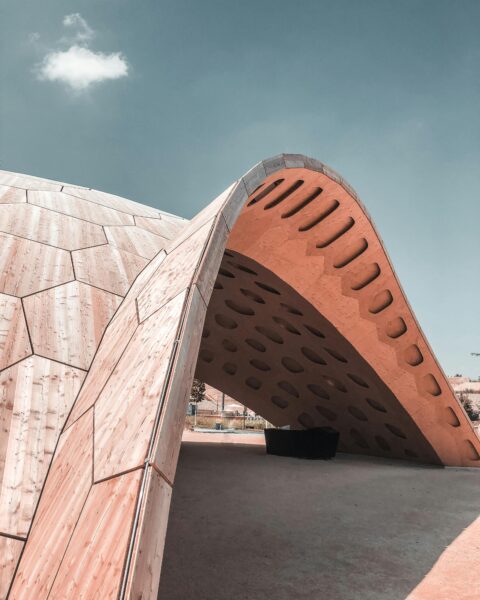
Frank Lloyd Wright coined the term "organic architecture," a principle that sought to merge buildings seamlessly with their environments. His designs, like Fallingwater, embraced nature’s forms and materials, aiming to create harmony between human spaces and the natural world. Wright was a true original, encouraging innovation over replication. Each project was an experiment in balance, sustainability, and emotional connection to space.
On the other hand, Zaha Hadid—the “Queen of the Curve”—defied classical geometry with her flowing, deconstructivist designs. Her buildings seem to defy gravity, like the Heydar Aliyev Center in Azerbaijan with its ethereal, wave-like structure. While her work leans into avant-garde futurism, Hadid often credited Wright's Guggenheim Museum for inspiring her fluid approach to space: “It was brave, bold, and liberated architecture.” Both architects saw buildings not as static shells but as evolving environments to be experienced.
Though their aesthetics differ, nature played an essential role in shaping both their styles. Wright drew directly from organic patterns, famously emulating the fibrous structure of the staghorn cholla cactus in his designs. Biomimicry was more than an artistic choice—it was a nod to sustainability. Features like his solar-hemicycles and intelligently placed windows brought eco-friendly principles to the forefront long before it became a global priority.
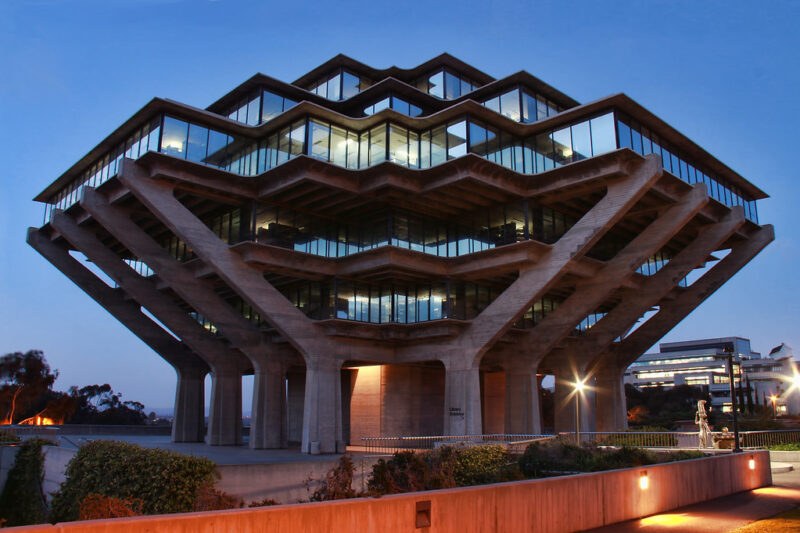
Hadid’s natural inspirations took a futuristic twist. Using parametric design and computational tools, she abstracted natural forms into dynamic, flowing structures that reimagined the possibilities of architecture. Her Al Janoub Stadium in Qatar, for instance, echoes the sails of traditional dhow boats. She proved that even in bold, unconventional designs, nature could remain an intrinsic force.
Both Wright and Hadid were pioneers—but they also faced resistance. Wright challenged traditional architecture by dismissing mimetic trends, earning him both acclaim and criticism. His commitment to originality sometimes conflicted with societal expectations, particularly in conservative architectural circles of his time.
Hadid’s journey was similarly turbulent, with added challenges of being a woman in a male-dominated field. She was often dismissed as impractical in her early years, and many of her designs were considered too radical to be built. Yet her resilience elevated her to become the first woman to win the Pritzker Prize in 2004, proving that barriers can be broken with unrelenting vision and hard work.
Wright and Hadid didn’t just create buildings—they designed experiences. Wright instinctively understood how humans interact with space—a concept now validated by modern cognitive science. His low-ceiling "compression zones" contrasted with open, airy "release zones," shaping emotional journeys through his structures.
Hadid, too, prioritized the experience of movement within a building. Her flowing interiors and curvilinear designs created spaces that seem to "unfold" as occupants navigate them. This continual sense of discovery reflects Wright's philosophy of dynamic spaces, but with Hadid’s futuristic touch.
| Architect | Signature Style | Philosophy |
|---|---|---|
| Frank Lloyd Wright | Organic, earth-toned forms | "Architecture should grow naturally out of its surroundings." |
| Zaha Hadid | Futuristic, curvilinear shapes | "Do not compromise. Architecture is about experience." |
What binds these two visionaries is their ability to innovate, inspire, and expand what the world thought architecture could be. Wright gave us the foundations of organic integration, which contemporary architects now evolve into more sustainable practices. Hadid broke open a new language of design, one defined by curves, fluidity, and a willingness to challenge norms.
Their legacies remind us that great architecture isn’t simply about function or aesthetics; it’s about igniting emotion, rethinking boundaries, and challenging us to live differently.
To explore more about the roots of their styles, consider visiting the history of modern architecture. Would you trust a wild idea to completely redefine space? What visionary trends in modern architecture excite you most? Let’s continue the discussion—drop your thoughts below!
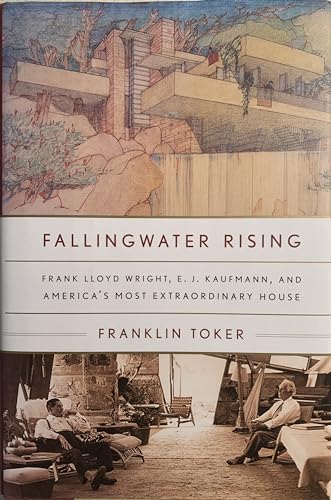
Discover the story behind one of America's architectural masterpieces in "Fallingwater Rising: Frank Lloyd Wright, E. J. Kaufmann, and America's Most Extraordinary House." Authored by Franklin Toker, this compelling book delves into the creation and impact of Fallingwater, a house that redefined modern architecture through Wright's visionary design. Explore the intricate relationship between Wright and Kaufmann and the artistic revolution they sparked. Perfect for architecture enthusiasts and anyone fascinated by the interplay of nature and design, this book provides a deep dive into the artistry and innovation behind an iconic piece of architectural history.
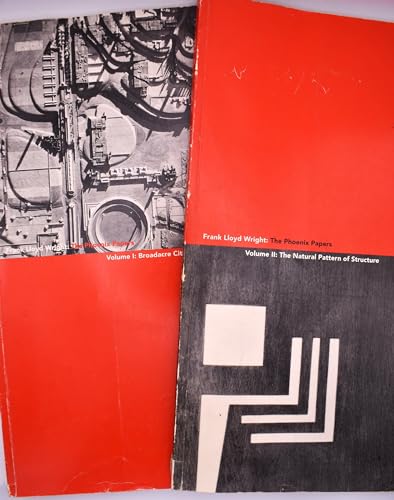
Delve into the visionary brilliance of Frank Lloyd Wright with "Frank Lloyd Wright Phoenix Papers," a comprehensive collection that illuminates the innovative designs and architectural mastery of one of history's greatest architects. This detailed exploration showcases Wright's impactful legacy through meticulously curated documents that provide insight into his creative process and theories. K. Paul Zygas, an expert in architectural theory and history from ASU, meticulously presents the evolution of Wright's style and influences. Perfect for architecture enthusiasts and scholars, this thoughtful compilation is a celebration of Wright's enduring influence on modern architecture.
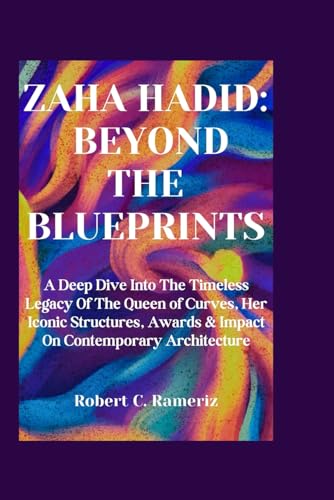
Discover the innovative world of Zaha Hadid with "Zaha Hadid: Beyond The Blueprints." This captivating book delves into the iconic architect's journey, showcasing her groundbreaking approach to contemporary design. Explore Hadid's visionary structures and how her unconventional methods have redefined modern architecture. Perfect for enthusiasts and professionals alike, this comprehensive guide highlights Hadid's profound impact on the architectural landscape, marrying artistic expression with functional form in truly extraordinary ways.
As we wrap up this fascinating exploration of Frank Lloyd Wright and Zaha Hadid, we hope you're as inspired by their groundbreaking work as we are. If you're eager to delve deeper into the world of architecture and discover more stories of visionary creators, why not stay connected with us on social media? Follow our Pinterest for stunning visual inspiration, or join our Instagram community where we share snapshots of architectural brilliance. For the latest updates and lively discussions, visit us on X (formerly Twitter) or Facebook. We'd love to hear your thoughts and continue this conversation on how these architects continue to influence modern design. Stay inspired, and let’s explore the marvels of architecture together!
Frank Lloyd Wright and Zaha Hadid, each with distinct architectural philosophies, have made enduring contributions to the field of architecture, influencing it well beyond their lifetimes.
Zaha Hadid drew inspiration from artists like Malevich, Tatlin, and Rodchenko. She utilized calligraphic sketches as her primary tool for visualizing architectural concepts, viewing painting as a design resource. For her, abstraction was a means to explore and conceptualize the connection between architecture and the world.
Frank Lloyd Wright, celebrated as the Father of Architecture, was born on June 8, 1867, in Richland Center, Wisconsin, USA. His early fascination with nature and its organic forms significantly influenced his distinctive architectural approach.
Zaha Hadid had two older brothers, Haytham and Foulath, with Foulath being a distinguished scholar. Although she never married or had children, Hadid was close to her several nephews and nieces, including Rana, who is also in the architectural field.

Immerse yourself in architecture’s most boundary-pushing ideas—where innovative home improvements meet visionary urban developments. Discover new building techniques, materials, and creative concepts that are redefining how we shape our spaces on a global scale.